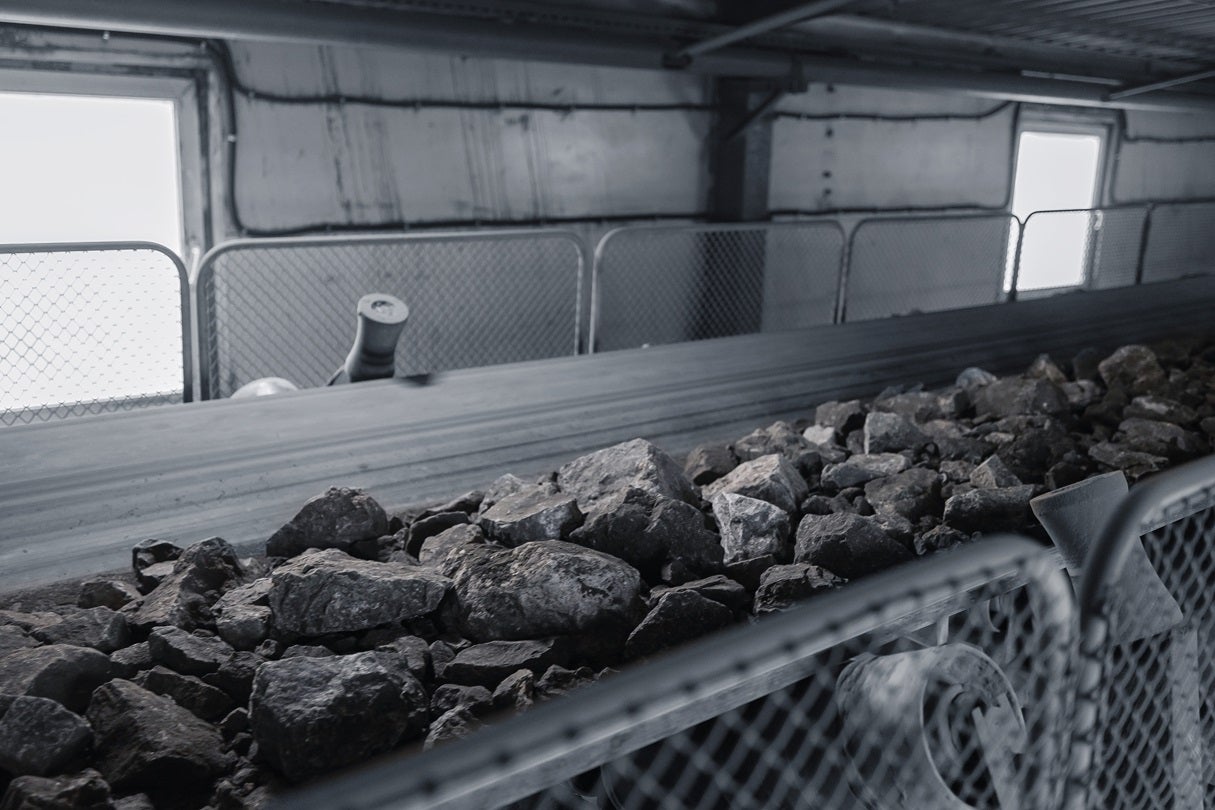The Goldboro Gold Project in Nova Scotia, Canada, is a proposed open-pit and underground mine owned by NexGold Mining, a company focused on gold exploration and development in Canada and Alaska.
The mine was originally developed by Anaconda Mining, which was renamed Signal Gold in 2022. The company completed a feasibility study for the project in the same year.
In 2024, Signal Gold merged with NexGold Mining to form a new entity, NexGold Mining.
NexGold received Fisheries Act Authorizations from Fisheries and Oceans Canada in November 2025. These approvals include the last federal permits needed to proceed to the construction and operations phases.
Construction on the Goldboro Gold Project is set to commence in 2026. The project is expected to have an average annual production of 100,000 ounces (oz) of gold over a mine life of 10.9 years.
The feasibility study indicates initial capital costs of C$271m ($195m).
The project is anticipated to create around 735 jobs and contribute C$2.1bn to Nova Scotia’s gross domestic product.
It is expected to generate C$1.1bn in direct and indirect household income, along with C$528m in tax revenues over 15 years.
Location of the Goldboro Gold Project
The Goldboro project is located on the eastern coastline of Nova Scotia, approximately 1.6km north of the village of Goldboro.
The site lies approximately 175km north-east of Halifax and around 60km south-east of Antigonish.
The Province of Nova Scotia has issued a lease for 779ha of Crown land to NexGold for the project. Operations will be carried out on both the leased Crown parcels and areas under company ownership.
Geology and mineralisation of the Goldboro project
The Goldboro project is situated in the Eastern and Atlantic Coastal Ecoregions of the Acadian Ecozone, which is underlain by quartzite and slate of the Meguma Supergroup. It is a turbidite-hosted orogenic gold deposit hosted in greenschist facies metasediments comprising alternating argillite and greywacke.
Gold mineralisation at the deposit is present in both quartz veins and argillite that contains those veins. It is also hosted within the surrounding rocks adjacent to the modelled argillites and quartz veins, including minor argillite interbedded with greywacke.
Mineralisation is widely associated with disseminated, euhedral arsenopyrite, which is commonly seen in the host rocks and is typically present in mineralised quartz veins. Associated sulphides include arsenopyrite, pyrrhotite, chalcopyrite, pyrite and minor sphalerite and galena.
Goldboro Gold Project reserves
The project’s proven and probable reserves total 15.8 million tonnes (mt) with an average grade of 2.26g/t gold, equating to approximately 1.15 million ounces (moz) of contained gold.
Measured and indicated resources amount to 21.6mt at an average grade of 3.72g/t gold, representing approximately 2.58moz of contained gold.
Inferred mineral resources are estimated at 3.18mt with an average grade of 4.73g/t gold, corresponding to about 484,000oz of contained gold.
Mining at Goldboro Gold Project
Standard open-pit techniques will be used for mining a portion of the deposit. This approach was chosen because of the deposit’s size, shape, orientation and proximity to the surface.
The study outlines a truck-and-shovel open-pit scheme across two separate pits, targeting an average annual throughput of 12.8mt.
Open-pit operations are planned for approximately 10.9 years, following a single year of pre-production before the process plant starts.
Drilling, blasting, loading and hauling will be carried out within the engineered pit boundaries to meet the planned production profile.
A mix of backhoe and hydraulic excavators, together with front-end loader-type machines, haul trucks, dozers, graders, and various maintenance, support, service and utility vehicles will be used at the project.
The pre-production year will be synchronised with the construction of the first stage of the tailings management facility.
Ore processing at Goldboro
The project’s processing plant is designed to treat 4,000 tonnes per day (tpd) of ore at 92% availability, using a combined gravity and leach-adsorption-stripping circuit to produce gold dore on site.
Comminution commences with crushing and milling of run‑of‑mine (ROM) ore to a target particle size for downstream recovery.
A gravity circuit is used as the initial recovery stage to capture coarse free gold and is expected to recover approximately 40% of the contained gold.
The milled slurry then proceeds to cyanide leaching, where dissolved gold is adsorbed onto activated carbon as part of a conventional leaching‑adsorption‑stripping circuit, commonly implemented as CIL or CIP. This stage is expected to recover 55.8% of the gold.
Carbon elution and the stripping circuit recover gold from loaded carbon, with subsequent electrowinning and refining for producing doré bars on site.
Tailings are treated to neutralise cyanide and other residuals and deposited in a purpose‑designed engineered tailings management facility. The combined process yields an average life‑of‑mine gold recovery of 95.8%.
Goldboro project’s infrastructure details
The Goldboro development is sited adjacent to existing transport and service corridors, reducing the need for extensive new infrastructure.
Route 316 provides the primary vehicular access, and Goldbrook Road crosses the project area near former mining workings.
Electrical power will be sourced from a 25kV distribution circuit operated by Nova Scotia Power along Route 316. A 1.6km tap line will connect the distribution circuit to a site substation.
On-site power distribution will use 13.8kV overhead lines to serve operational facilities. Estimated peak demand is 10MW with an expected average load near 7.5MW.
Potable and process water will be drawn from Gold Brook Lake via an intake installation. Booster pumping stations and transmission mains will convey water to the processing plant and domestic supply systems.
Financing
In September 2025, NexGold Mining completed a transaction yielding $24m through the sale of a 2.9% net smelter returns royalty to Appian Capital Advisory.
The company also entered a non-binding letter of intent with Appian for a senior secured credit facility of up to $175m, intended to fund the development and construction of the Goldboro Gold Project.
Contractors involved
The feasibility study was prepared with Nordmin Engineering acting as the lead mining and geological consultant. Ausenco Engineering Canada provided metallurgical and processing consultancy.
Knight Piésold served as a tailings consultant. GHD was engaged for site water management and environmental matters.
Lorax Environmental Services provided geochemistry services while McCallum Environmental handled consultation and permitting and Optimize Group was responsible for the pit slope stability study.
Technical Management Group provided engineering management and execution readiness support services for the project.






